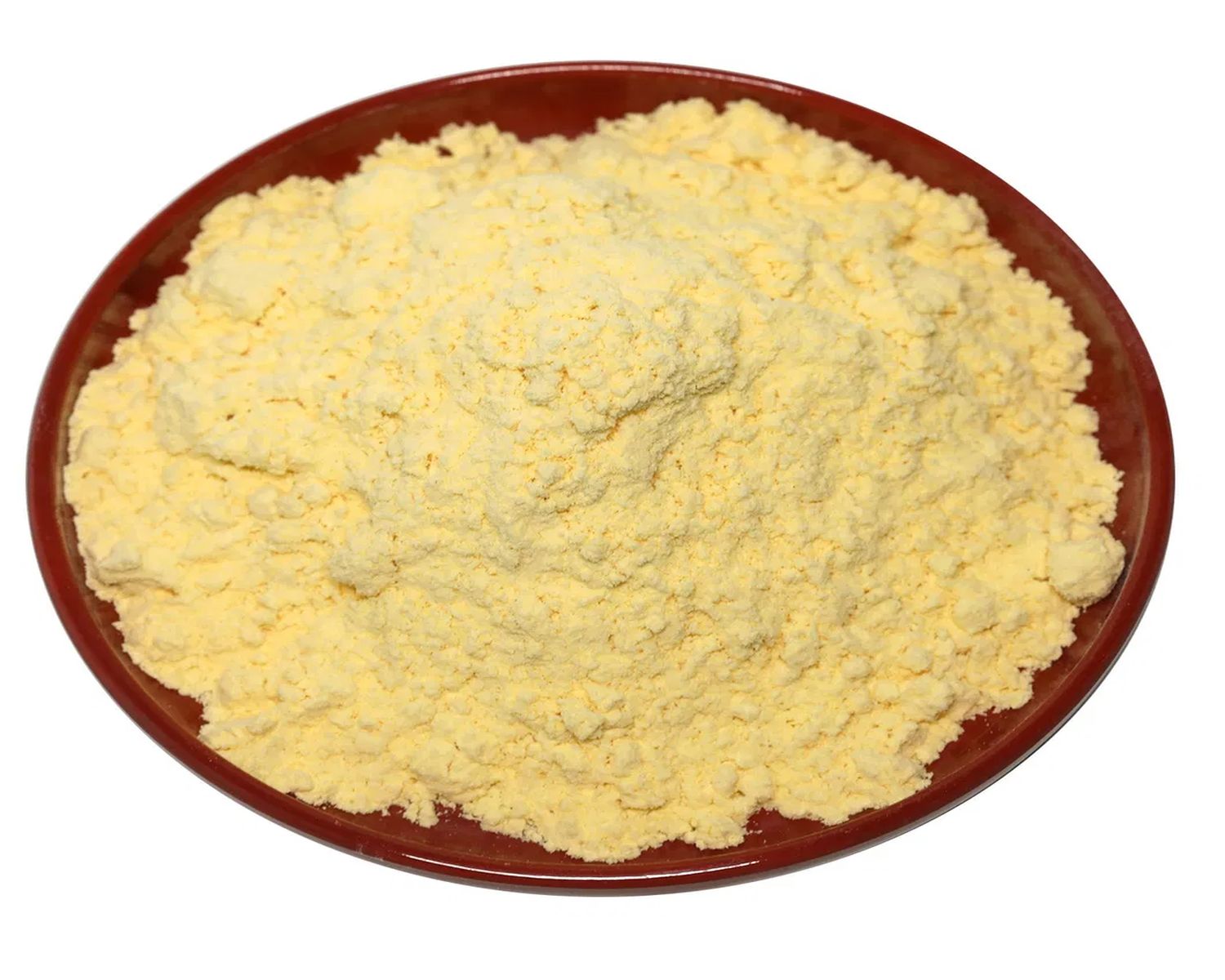
Silver iodide might sound like something out of a science fiction novel, but it's very real and incredibly interesting. What is silver iodide used for? It's primarily known for its role in cloud seeding, a process that helps stimulate rain. This compound also finds use in photography, antiseptics, and even in some medical treatments. Imagine tiny particles of silver iodide being released into clouds to encourage rainfall in drought-stricken areas. This fascinating substance has a rich history and a variety of applications that impact our daily lives in ways we might not even realize. Let's dive into 50 intriguing facts about silver iodide!
What is Silver Iodide?
Silver iodide is a fascinating compound with a variety of uses and properties. Let's dive into some intriguing facts about this chemical.
- Silver iodide is a yellow, crystalline solid.
- Its chemical formula is AgI.
- It is used in cloud seeding to induce rain.
- Silver iodide has a high melting point of 558°C.
- It is insoluble in water.
- This compound is photosensitive, meaning it reacts to light.
- It is used in photography for this reason.
- Silver iodide can exist in different crystalline forms.
- The most common form is the beta phase, which is yellow.
- The alpha phase is a high-temperature form and is colorless.
Uses of Silver Iodide
Silver iodide has a wide range of applications, from weather modification to medical uses. Here are some of the most notable ones.
- Cloud seeding is the most famous use of silver iodide.
- It helps in increasing precipitation in drought-affected areas.
- Silver iodide is used in antiseptics.
- It has antimicrobial properties.
- It is used in the treatment of warts.
- Silver iodide is also used in some dental procedures.
- It is used in the production of artificial pearls.
- Silver iodide is used in the manufacturing of photographic films.
- It is used in the production of yellow glass.
- Silver iodide is used in some types of batteries.
Chemical Properties of Silver Iodide
Understanding the chemical properties of silver iodide can help us appreciate its versatility and usefulness.
- Silver iodide is a compound of silver and iodine.
- It has a molar mass of 234.77 g/mol.
- It is a poor conductor of electricity.
- Silver iodide is stable under normal conditions.
- It decomposes into silver and iodine when heated.
- It reacts with ammonia to form a complex.
- Silver iodide is slightly soluble in concentrated acids.
- It forms a precipitate when mixed with silver nitrate and potassium iodide.
- It has a density of 5.675 g/cm³.
- Silver iodide is used as a catalyst in some chemical reactions.
Environmental Impact of Silver Iodide
While silver iodide has many beneficial uses, it is important to consider its environmental impact.
- Silver iodide used in cloud seeding can affect local ecosystems.
- It can accumulate in soil and water.
- High concentrations can be toxic to aquatic life.
- It is generally considered safe in small amounts.
- Silver iodide does not bioaccumulate in the food chain.
- It is monitored by environmental agencies during cloud seeding operations.
- Research is ongoing to understand its long-term effects.
- Alternatives to silver iodide are being explored for cloud seeding.
- Proper disposal methods are important to minimize environmental impact.
- Public awareness about its use and impact is increasing.
Historical Facts about Silver Iodide
Silver iodide has a rich history that dates back to its discovery and early uses.
- It was first discovered in 1813 by French chemist Louis Jacques Thénard.
- Its use in photography began in the 19th century.
- Cloud seeding experiments using silver iodide started in the 1940s.
- The first successful cloud seeding operation was in 1946.
- Silver iodide was used in the Vietnam War for weather modification.
- It has been used in various countries for agricultural purposes.
- Silver iodide was once used in early medical treatments.
- Its use in photography declined with the advent of digital cameras.
- Research on silver iodide continues to this day.
- It remains a subject of interest in both scientific and environmental studies.
Silver Iodide: A Fascinating Compound
Silver iodide is more than just a chemical compound. Its unique properties make it invaluable in various fields. From cloud seeding to photography, this compound has left its mark. It’s used to induce rain, helping farmers and regions facing drought. In photography, it plays a crucial role in developing images, capturing moments that last a lifetime.
Its antimicrobial properties make it useful in medical applications, ensuring safety and hygiene. Silver iodide’s role in weather modification showcases its potential in addressing environmental challenges. This compound’s versatility and impact are undeniable.
Understanding silver iodide’s applications helps us appreciate the science behind everyday phenomena. Whether it’s making rain or preserving memories, silver iodide proves its worth time and again. So next time you see a photograph or hear about cloud seeding, remember the tiny compound making big changes.
Was this page helpful?
Our commitment to delivering trustworthy and engaging content is at the heart of what we do. Each fact on our site is contributed by real users like you, bringing a wealth of diverse insights and information. To ensure the highest standards of accuracy and reliability, our dedicated editors meticulously review each submission. This process guarantees that the facts we share are not only fascinating but also credible. Trust in our commitment to quality and authenticity as you explore and learn with us.
